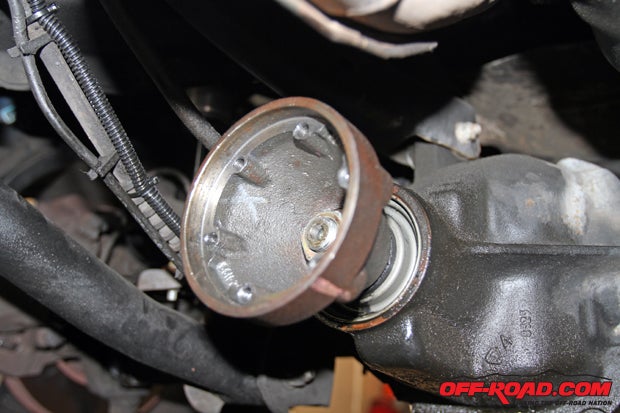SWIGIN
Well-Known Member
- Joined
- February 6, 2015
- Messages
- 598
- Reaction score
- 93
- City, State
- PA
- Year, Model & Trim Level
- 79 Bronco , 98 Explorer
Ford has had drive lines running down hill for decades. Because of this the front DS can have vibration problems. This is nothing new to us who have been lifting Fords for years.
I've said it multiple times on this site, you NEED a double cardan front DS to have the best chance at no vibration. It splits the crapy front transfer case output angle over 2 u joints. Now, some guys still have a problem when using a double cardan shaft but some don't start with a nice rebuilt DS. You just throw on a junkyard DS and it vibrates well then I guess that means double cardan shafts don't work....not really.
I don't know who but one guy on here who swore that Double cardans don't work later came back and said after he had it checked out and rebuilt with new joints that it works fine. No way!...LOL
I'm just an old school Ford guy but these long math filled threads make me laugh. This is all something that every Ford I ever lifted had to deal with and a Double Cardan is your best bet on being Vibration free.
Sure there are other ways to skin a cat but I always start with the tried and trued methods first.
I've said it multiple times on this site, you NEED a double cardan front DS to have the best chance at no vibration. It splits the crapy front transfer case output angle over 2 u joints. Now, some guys still have a problem when using a double cardan shaft but some don't start with a nice rebuilt DS. You just throw on a junkyard DS and it vibrates well then I guess that means double cardan shafts don't work....not really.
I don't know who but one guy on here who swore that Double cardans don't work later came back and said after he had it checked out and rebuilt with new joints that it works fine. No way!...LOL
I'm just an old school Ford guy but these long math filled threads make me laugh. This is all something that every Ford I ever lifted had to deal with and a Double Cardan is your best bet on being Vibration free.
Sure there are other ways to skin a cat but I always start with the tried and trued methods first.












